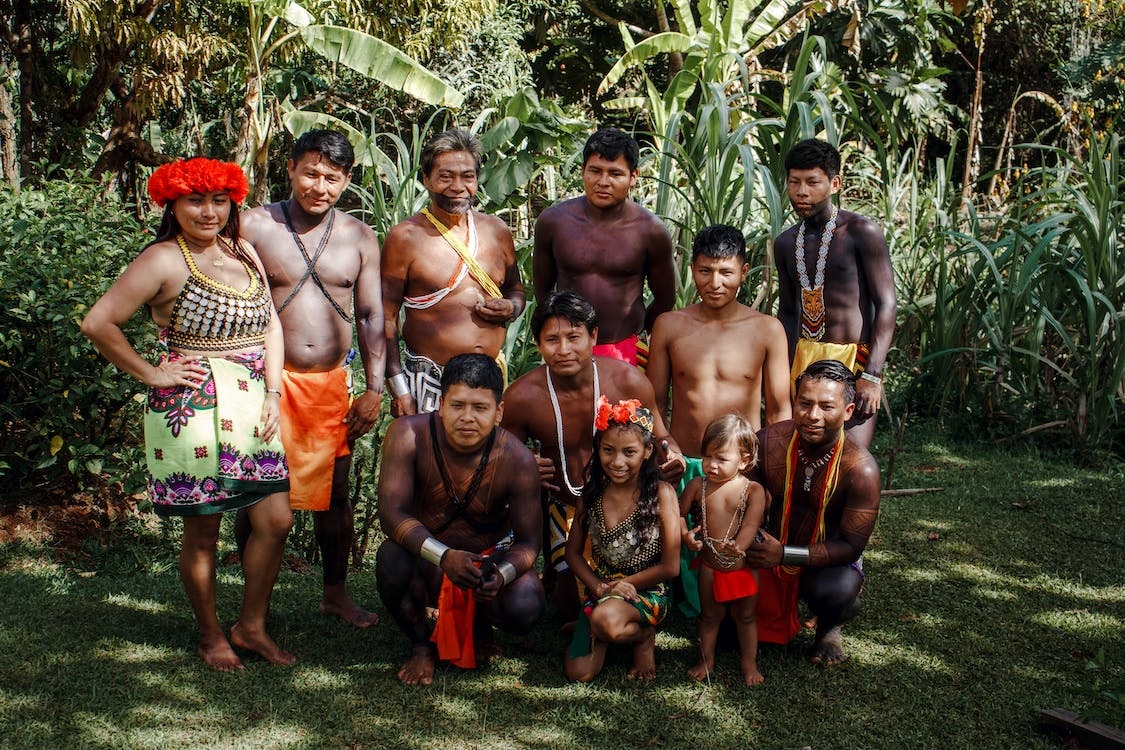The Role of Tribal Uprisings in India’s Freedom Struggle: A Historical Perspective
Introduction: Tribal uprisings played a significant but often overlooked role in India’s struggle for freedom from British colonial rule. These uprisings were rooted in the grievances of indigenous communities against exploitative policies and practices of the British authorities. This essay examines the contributions, motivations, challenges, and outcomes of tribal uprisings in the broader context of India’s freedom struggle.
Historical Background:
- Exploitative Policies: The British colonial administration imposed land revenue, forest laws, and other policies that adversely affected tribal communities’ traditional way of life.
- Resource Extraction: British policies led to the commercial exploitation of tribal lands, natural resources, and minerals, causing displacement and economic distress.
- Cultural Suppression: The imposition of Western education, legal systems, and social norms threatened tribal cultures and identities.
Contributions of Tribal Uprisings:
- Assertion of Rights: Tribal uprisings were often a response to the denial of basic rights, including land and resource ownership.
- Resistance Against Exploitation: Tribals revolted against forced labor, excessive taxation, and exploitation by moneylenders and landlords.
- Symbolic Resistance: These uprisings symbolized the resistance against colonial oppression and the fight for dignity and self-determination.
Prominent Tribal Uprisings:
- Santhal Rebellion (1855-1856): Led by the Santhal tribal leaders Sidhu and Kanhu, this rebellion aimed to reclaim their lands and rights from the British and zamindars.
- Bhil Uprising (1913-1916): Bhil tribals in Central India protested against exploitative land revenue policies and displacement caused by the construction of railways and dams.
- Toda Uprising (1913): The Toda tribe in the Nilgiri Hills protested against land alienation and loss of grazing grounds.
- Munda Uprising (1899-1900): The Munda tribe in Chotanagpur protested against oppressive tenancy laws and exploitation by landlords.
Challenges and Outcomes:
- Military Suppression: British authorities often responded to uprisings with brutal military force, leading to loss of lives and destruction of tribal settlements.
- Limited Impact: Many uprisings faced military defeat, and tribal grievances remained largely unaddressed until after independence.
- Awareness and Unity: Uprisings fostered a sense of unity and awareness among tribal communities, laying the foundation for future socio-political movements.
Legacy and Lessons:
- Resilience and Courage: Tribal uprisings showcased the resilience and courage of indigenous communities in the face of oppression.
- Social Mobilization: These uprisings demonstrated the power of collective action and the potential for marginalized communities to demand their rights.
- Post-Independence Reforms: The grievances highlighted by tribal uprisings influenced post-independence policies aimed at safeguarding tribal rights and promoting their development.
Conclusion:
Tribal uprisings were a vital component of India’s freedom struggle, serving as expressions of resistance against colonial oppression and unjust policies. While these uprisings did not always achieve immediate success, they laid the groundwork for future movements and contributed to the larger narrative of India’s journey towards independence. Recognizing the role of tribal communities in the freedom struggle enriches our understanding of the diverse and interconnected efforts that led to India’s liberation.

